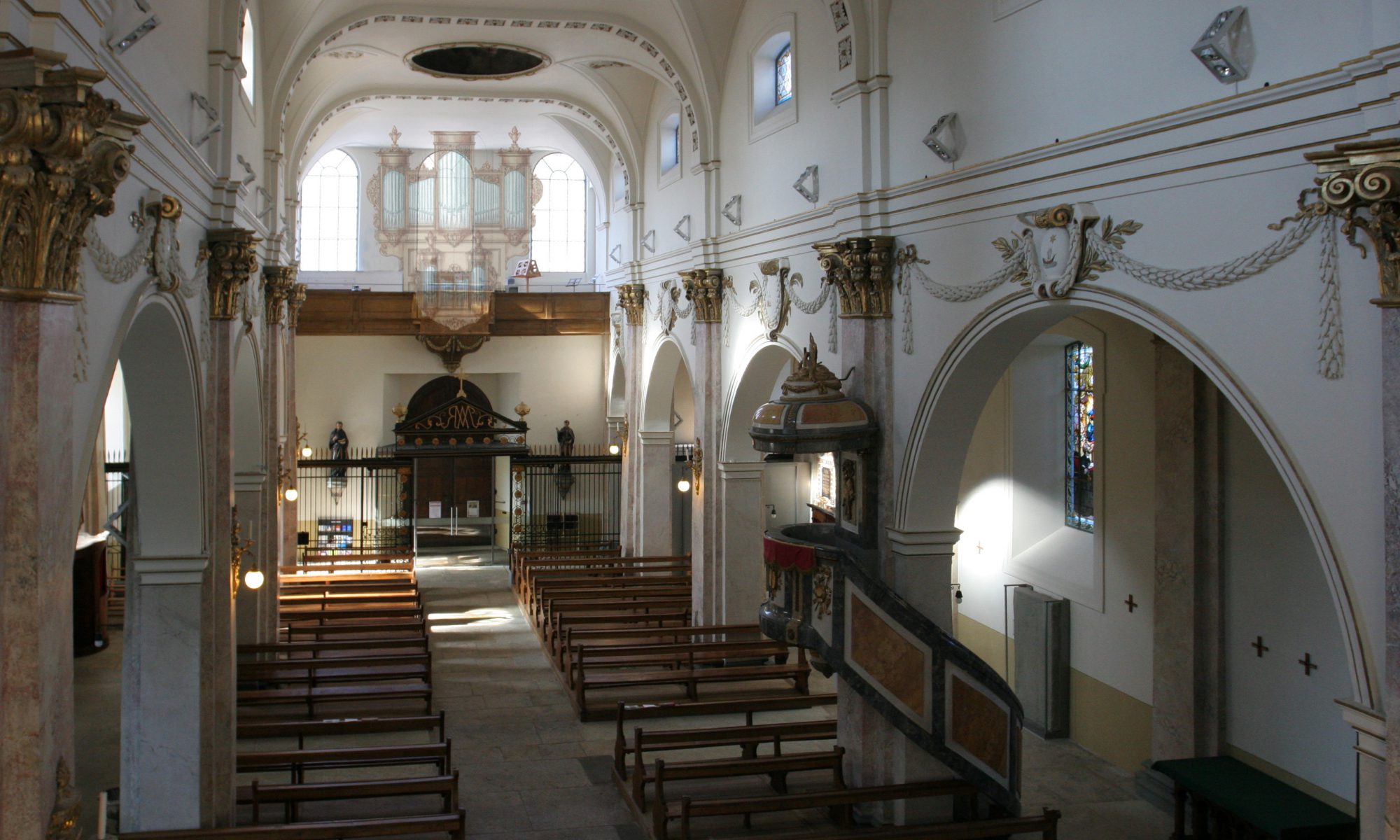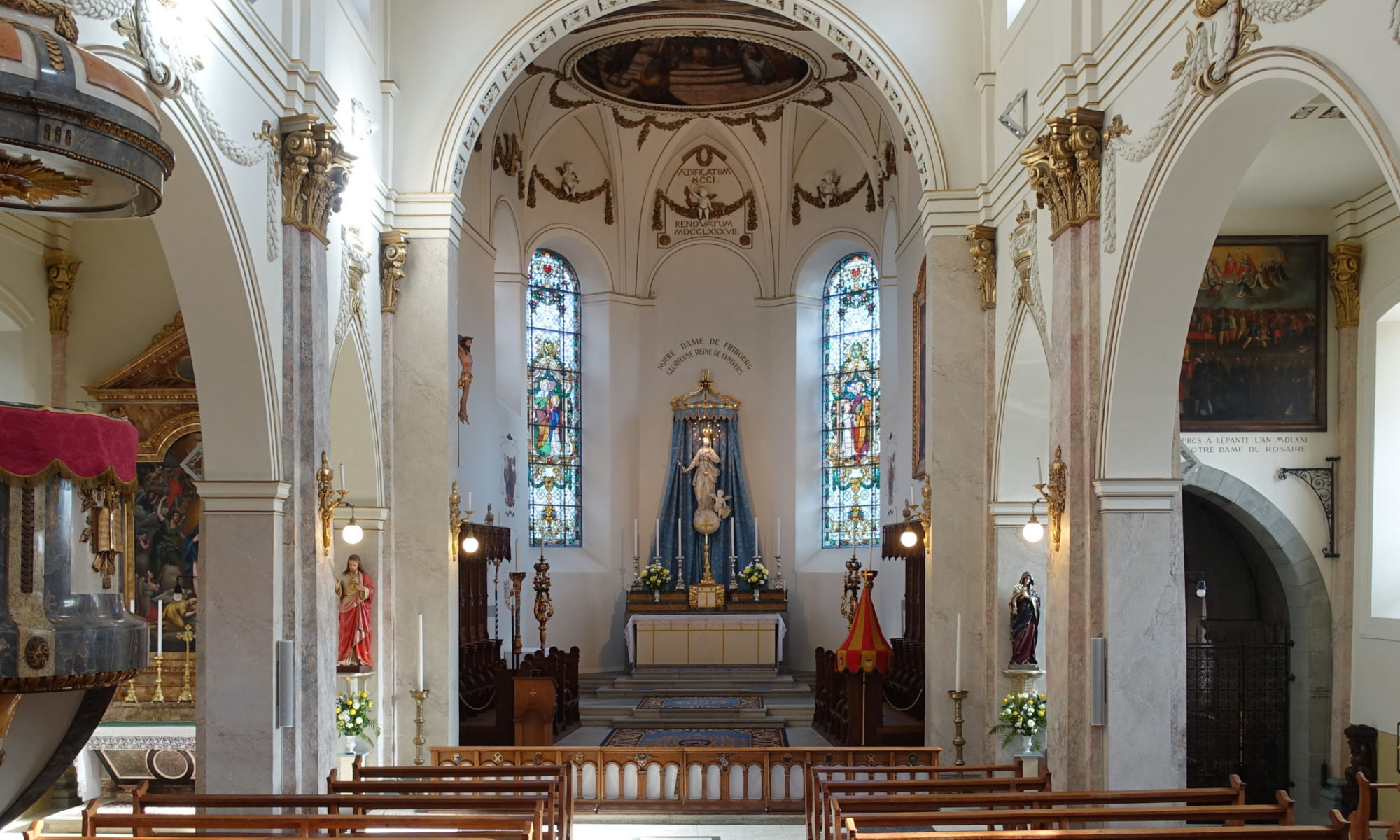The oldest church of the city
The original church built on the site, in the first half of the 12th century, makes the Basilica of Notre Dame the oldest shrine of the city. In the course of centuries, many changes, expansions and restorations have taken place, with an eye to adapting the building to the needs and the tastes of the period.
The last radical transformation took place between 1785 and 1787. This consisted in the construction of a peristyle in the Tuscan order in front of the west façade, as well as the transformation of the inside of the building in a Louis XVI style. This neo-classical modernity has ensured the continued existence of this monument, the conservation of which was in doubt.
A church in service of souls and of the body
The church belonged for a long time to the Hospital of the Bourgeois, which was situated up until 1623 in the neighborhood. Several lay congregations were founded in the church and crafts guilds had their altars inside.
In 1884, the ownership of the church was given to the Diocese of Lausanne, Geneva and Fribourg. It was thereafter elevated to the rank of Minor Basilica by Pope Pius XI in 1932. The church was given by the Diocese to the present Fondation in 1968, when the crumbling state of the bell tower began to worry the Foundation Council, which decided in 1970 to begin a restoration. On this occasion, it was decided to replace the bulb dome from 1842 with a new spire inspired by the original tower, seen on the famous map of the city of Fribourg by Martin Martini.
The recent restoration
The latest restoration began in 1991 and finished in 2011. It was a necessity given the very worrying state of the church, but the restoration has given a new life to this ancient building.
In September 2012, Bishop Morerod of the Diocese of Lausanne-Geneva-Fribourg, entrusted the Priestly Fraternity of St Peter with the pastoral care of the Basilica.


